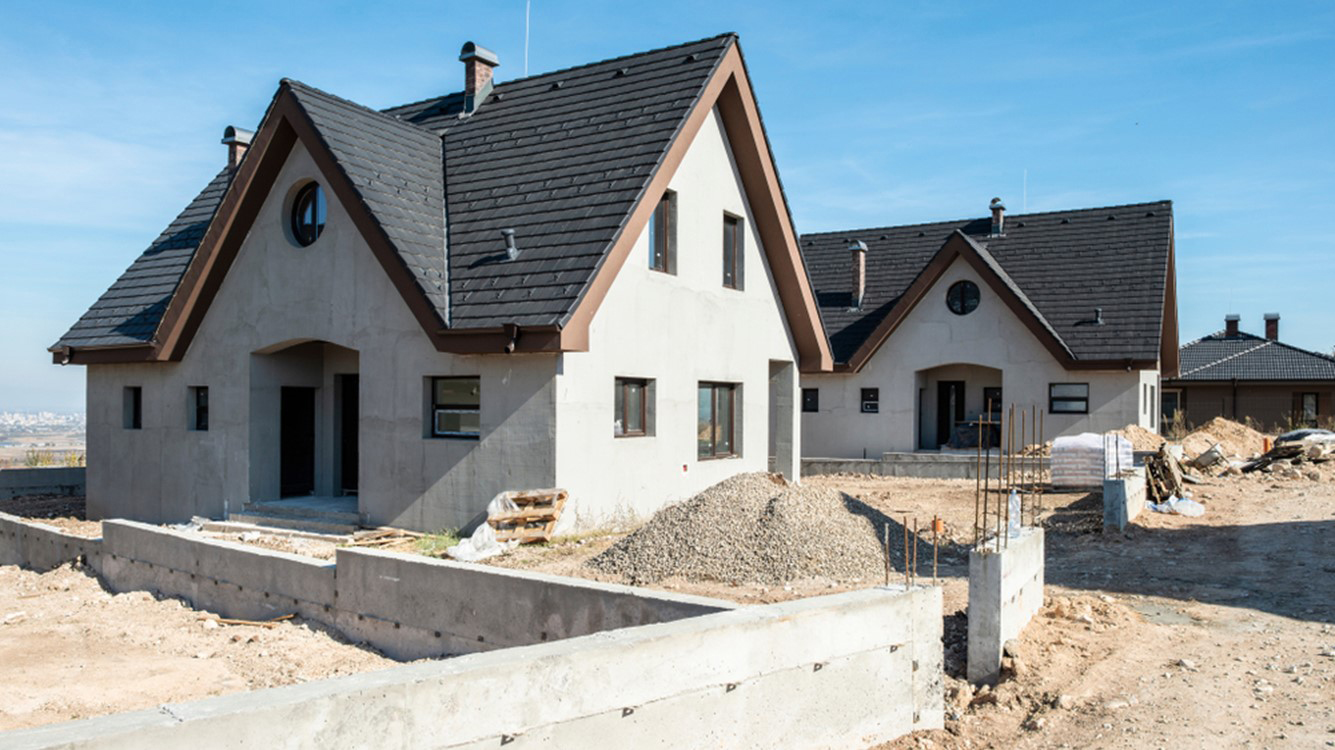Mixed forecast for housing starts
Signs of cooling inflation could stimulate demand.

November 17, 2023
Housing starts, another term for new home construction, grew 1.9% in October while September data were revised lower. Gains were uneven, as the Midwest and West saw a boost to starts while the South and Northeast saw declines. Compared to this time last year, starts are 4.2% lower, driven entirely by a drop in multifamily construction activity. Builders have pivoted to single-family construction in the face of tight supply in the resale market.
Single-family starts eked out a 0.2% gain in October but 13.1% higher than a year ago. Builders have propped up sales using incentives such as price cuts and mortgage rate buydowns to lure buyers in this high-interest rate environment. The gap in sales growth between newly built homes and resale homes is the widest in decades; sales usually trend in the same direction.
Inventory in the resale market is still depressed, with newly built homes making up a much larger share of homes available for sale. Most homeowners have either paid off their mortgages or are sitting on a sub-5% mortgage rate. The 30-year fixed mortgage rate as of early November is 7.4%.
Multifamily starts of buildings with five units or more jumped 4.9% with strength coming from the Midwest and West. Multifamily starts remain suppressed by 31.8% compared to year-ago levels. Builders are working through multifamily construction in the pipeline, with almost a million units still under construction, the highest level in decades.
Single-family permits rose 0.5% in October to the highest level since May 2022. Permits are nearing the one million mark, which is good news for the supply-constrained single-family market. Newly built construction tends to be more expensive than resale homes on average. However, builders have pivoted to building smaller and less expensive homes in the face of high costs and high interest rates. The South, the largest housing market, accounts for over half of all single-family permits.
Multifamily permits grew 2.2% in October but remain 27.8% lower than a year ago. Falling rents in many regions have pushed investment away from multifamily construction and into other projects. As builders release more new apartments into the market next year, the level of new permits will remain lower.
Separately, the home builder sentiment index, as measured by the National Association of Home Builders, fell to the lowest level since December 2022 in the face of declining sales expectations. Recent declines in the 30-year mortgage rate are not reflected in the report. Sentiment is likely to improve next month if mortgage rates do not tick up again. Mortgage applications have risen on the heels of falling rates, but remain lower than a year ago.
The housing market is feeling the chill of the surge in rates...and will get worse before it gets better.
Yelena Maleyev, KPMG Senior Economist
Bottom Line:
Signs of cooling inflation helped lower interest rates this month, which has revived some demand activity for home purchases. We still have a long way to go before demand returns to year-ago levels. Mortgage rates have fallen from their peaks but remain elevated. The housing market is feeling the chill of the surge in rates earlier this fall and will get worse before it gets better. Pent-up demand from millennials aging into their prime home buying years works in favor of a robust housing recovery; the downside is waiting for that demand to return.
Explore more

Gains in home construction likely short-lived
Builder sentiment is waning.

KPMG Economics
A source for unbiased economic intelligence to help improve strategic decision-making.

Uneven construction in September
As mortgage rates climbed toward 8% at the end of October, builders offered about two percentage points.
Meet our team

Subscribe to insights from KPMG Economics
KPMG Economics distributes a wide selection of insight and analysis to help businesses make informed decisions.
